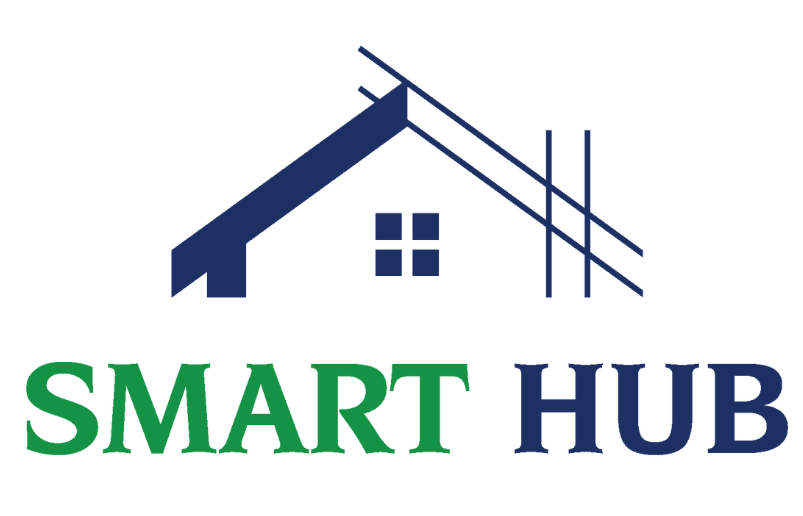The construction industry is rapidly evolving with the integration of digital technologies. Among these, the Internet of Things (IoT) is emerging as a key player. IoT in construction involves using connected devices and sensors to collect, analyze, and share data across various stages of a project. This technology is transforming how projects are planned, executed, and monitored, offering benefits like improved safety, enhanced efficiency, and better decision-making.
Smart construction technology has become essential for companies aiming to stay competitive. IoT enables real-time monitoring, predictive maintenance, and optimized resource usage. By reducing costs and improving collaboration, IoT is proving to be a valuable asset for modern construction firms.
This article explores how IoT is reshaping the construction industry today. It covers specific applications that enhance safety and efficiency, as well as current trends in smart construction technology powered by IoT innovations.
How IoT is Transforming the Construction Industry Today
IoT in construction is no longer a futuristic concept but a present-day reality. Its adoption is changing how projects are managed, from planning to completion. One major impact is the ability to gather and analyze data in real time.
- Sensors embedded in equipment and materials provide constant updates.
- Real-time data helps teams make informed decisions quickly.
For example, IoT-enabled machinery can monitor its performance and alert operators to potential issues. This reduces downtime, extends equipment lifespan, and saves both time and money.
IoT improves project management by offering transparency. Stakeholders can access up-to-date information on progress, weather conditions, and workforce allocation. This minimizes delays and miscommunication, ensuring smoother project execution.
Sustainability is another area where IoT makes a difference. By optimizing energy usage and reducing waste, companies lower their environmental impact while improving profitability.
IoT Applications for Improving Safety and Efficiency in Construction
Safety and efficiency are critical in construction, and IoT applications address both effectively. Wearable devices equipped with IoT sensors are among the most impactful innovations.
- These devices monitor workers’ vital signs and detect falls.
- Alerts are sent if someone enters hazardous zones.
IoT-enabled site monitoring systems also enhance safety. Cameras and sensors detect unusual activity or hazards like gas leaks.
- Teams respond quickly to threats, minimizing risks to personnel and property.
Efficiency is another area where IoT excels. Drones with IoT sensors survey large sites quickly.
- They capture detailed images and measurements, enabling faster progress tracking.
- Managers optimize workflows by analyzing usage data from IoT-connected tools.
Asset tracking prevents loss or theft by monitoring the location and status of equipment and materials. These solutions contribute to a safer and more productive environment.
Smart Construction Technology Trends Powered by IoT Innovations
The construction industry is adopting smart construction technology at an accelerating pace. IoT innovations are shaping several key trends.
Connected job sites create cohesive ecosystems where data flows seamlessly between machines, workers, and systems. One trend is the integration of Building Information Modeling (BIM) with IoT.
- BIM software creates 3D models, while IoT sensors update them with real-time data.
- Structural integrity and material usage are tracked dynamically, reducing errors.
Predictive analytics is gaining traction in smart construction. Analyzing IoT data helps forecast challenges and develop proactive solutions.
- Weather patterns are monitored to anticipate delays.
- Equipment maintenance is scheduled before breakdowns occur.
Sustainability is a growing focus. Energy-efficient systems like smart lighting and HVAC controls are becoming standard.
- IoT sensors adjust settings based on occupancy and conditions, reducing energy consumption.
These trends highlight the growing importance of IoT in construction.
Overcoming Challenges in IoT Adoption for Construction
While IoT offers many benefits, challenges exist in its adoption. High initial costs are a common obstacle.
- Purchasing sensors, devices, and software can strain budgets.
- However, long-term savings often outweigh upfront investments.
Data security is another concern. Connected devices generate sensitive information, making them targets for cyberattacks.
- Encryption and access controls protect data.
- Regular updates and employee training ensure security.
Interoperability is also a challenge. Many firms use different tools and platforms, leading to integration issues.
- Standardizing protocols ensures seamless communication.
- Investing in compatible technologies resolves these problems.
Despite these challenges, the advantages of IoT far outweigh the drawbacks. With careful planning, companies can successfully implement IoT solutions.
Conclusion: The Future of IoT in Construction
IoT in construction is reshaping the industry by enhancing safety, efficiency, and sustainability. From wearable devices to predictive analytics, its applications are vast and varied.
IoT provides actionable insights and fosters collaboration, making it indispensable for modern firms. Future advancements will integrate IoT with AI and 5G networks, enhancing data processing, connectivity, and automation.
Ultimately, IoT represents a fundamental shift in construction practices. Its ability to drive growth and improvement makes it a cornerstone of the industry’s future. As companies continue to adopt IoT, the possibilities for innovation are endless.

